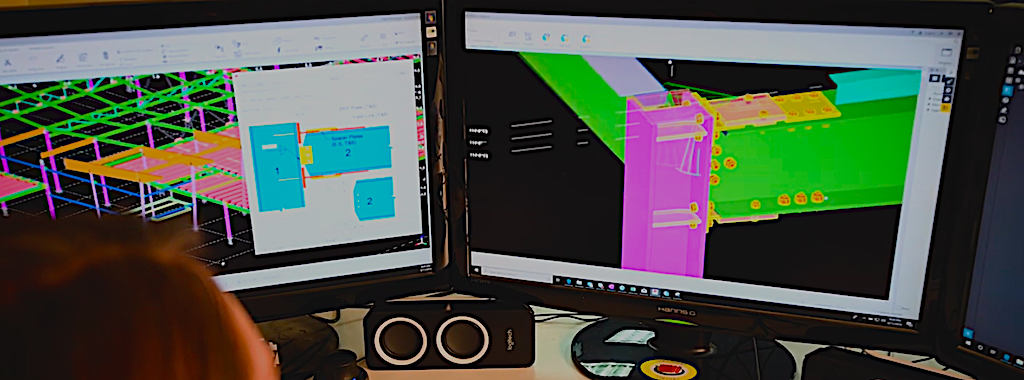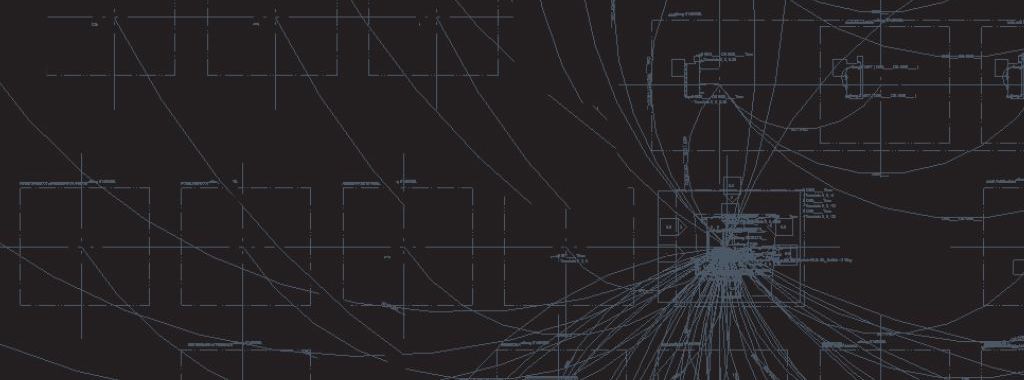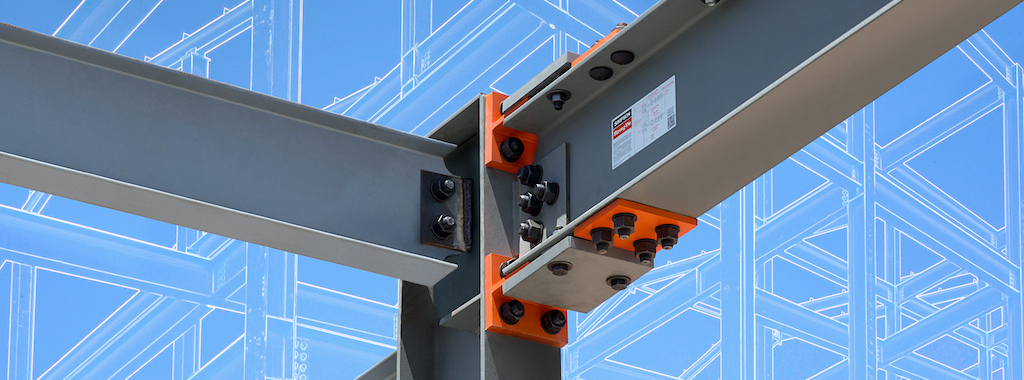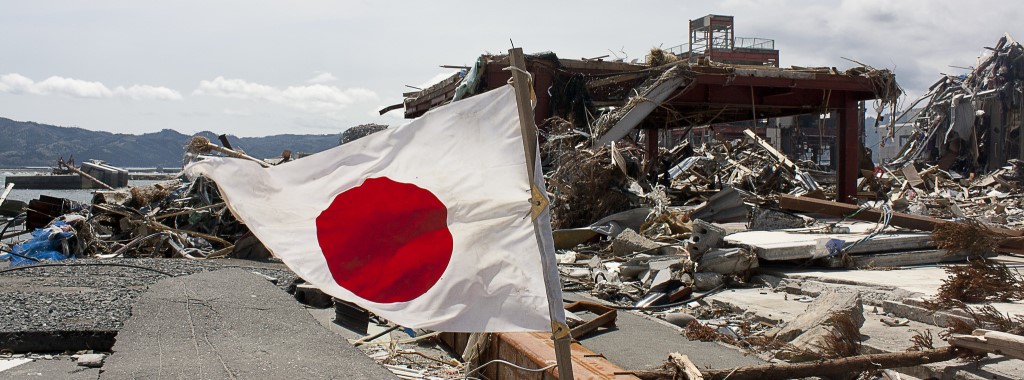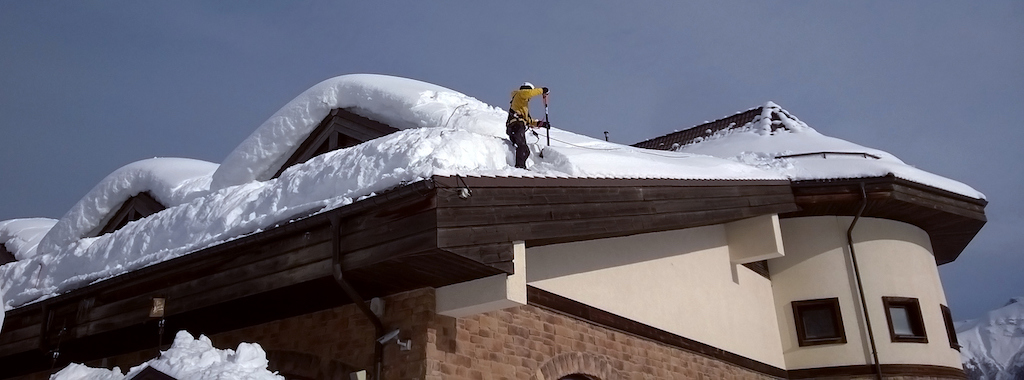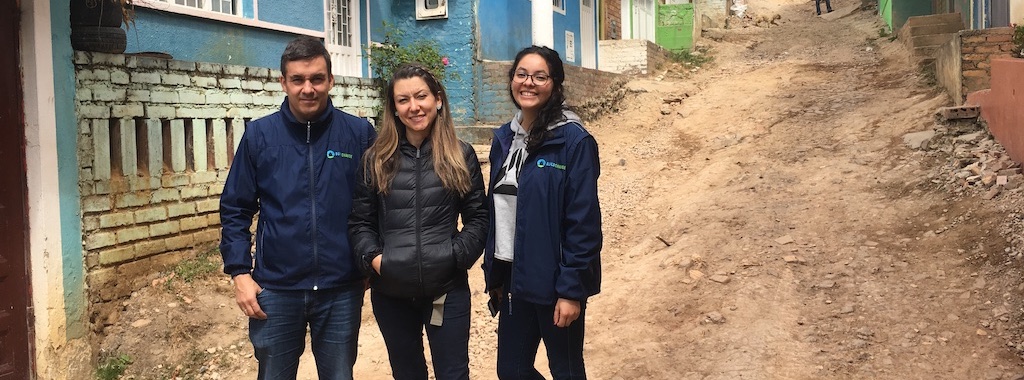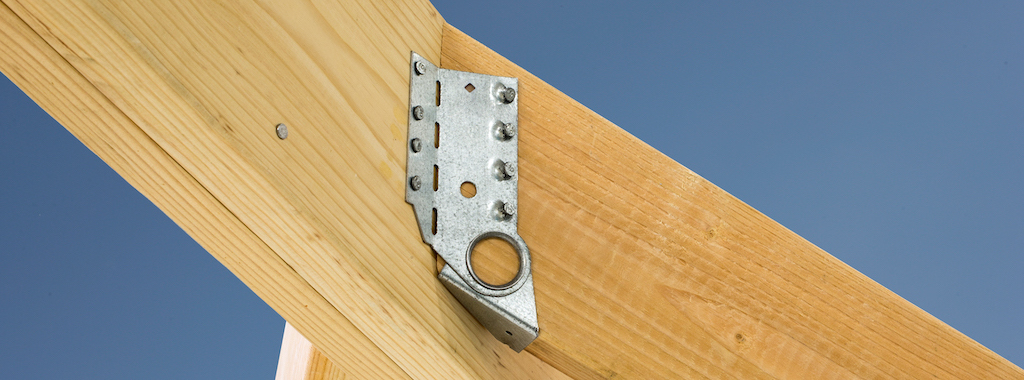With the growing danger of natural disasters, the race is on to expand access to programs that safeguard lives from the human-made danger of poorly built housing. With the common mission of building safer, stronger structures, Build Change and Simpson Strong-Tie have partnered for the Simpson Strong-Tie® Fellowship for Engineering Excellence program. This year’s fellow is Build Change Engineering & Design Services Director Tim Hart, SE. As with our previous fellows, Hart is documenting his journey with the program on the Simpson Strong-Tie Structural Engineering blog.
When I agreed to travel for Build Change to the Philippines and Indonesia in March, some of my friends and colleagues told me I was brave. Others told me I was crazy. One asked me whether I was afraid that I would not be able to get home. At the time, I felt it was safe to go since there were only a few cases reported in the Philippines, Indonesia and the United States. Even so, I waited until the last minute before I told my mother of the trip, knowing that she would be worried and would try to talk me out of going.


